The Drakensberg is the highest mountain range in Southern Africa, and some 20,000 rock paintings have been found in its numerous caves and overhangs.
These were made by the Bushmen (also known as San), indigenous hunter-gatherers who have inhabited the region for thousands of years. Their cave paintings are incredible images of a variety of animals including rhinoceros, elephant, and various antelope species native to the area.
Rock art of a human figure holding the tail of an eland from Wikimedia Commons.


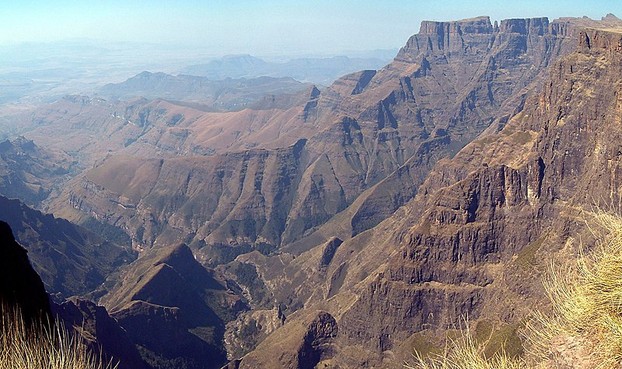
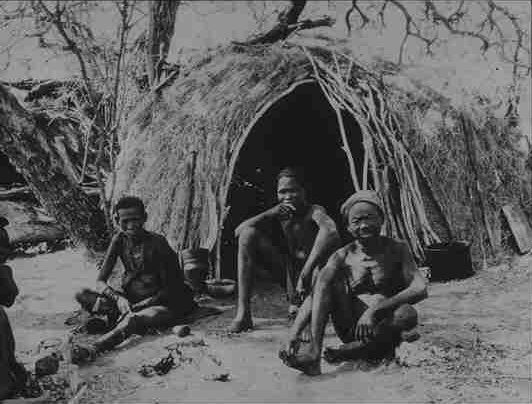


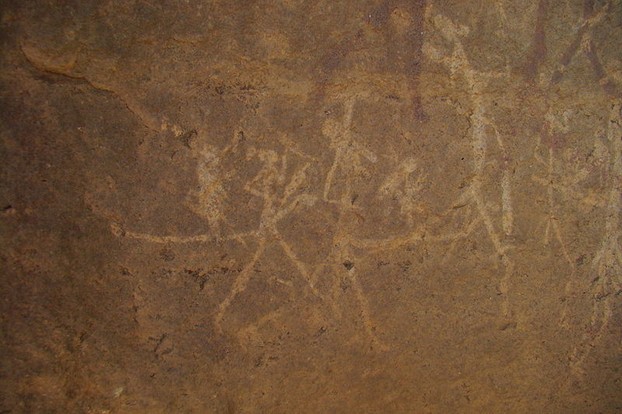
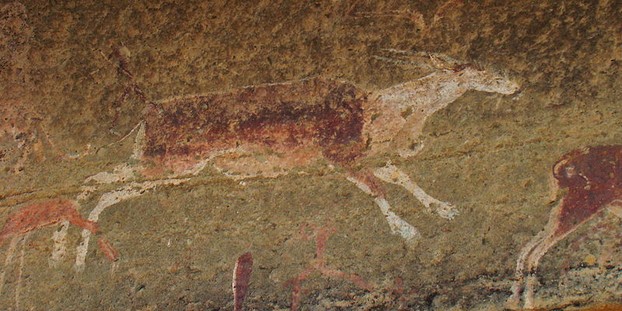
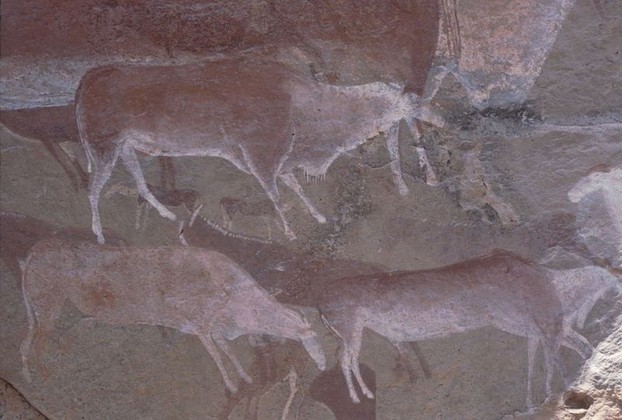

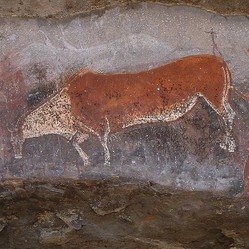

 I Published “My Reflections”on 10/02/2025
I Published “My Reflections”on 10/02/2025
 Best "Nutcracker" Movie of all Timeon 03/08/2019
Best "Nutcracker" Movie of all Timeon 03/08/2019
 Lascaux Cave Paintingson 01/18/2018
Lascaux Cave Paintingson 01/18/2018
 Bridges of the Hudson Valleyon 11/20/2017
Bridges of the Hudson Valleyon 11/20/2017

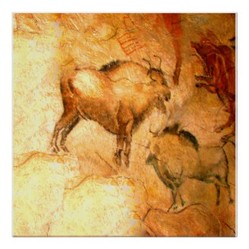
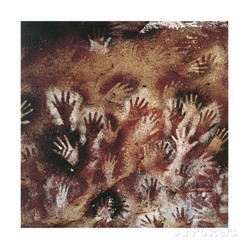
What do you think of this Rock Art?
Thanks! Yes there are quite a few North American rock paintings - I should research them!
This is a fascinating study. We have a few examples of North American rock paintings along the lake where I live. They are not as intricate as these African examples, though.
By the way, my son went to college in your neighborhood.
I read The Lost World of the Kalahari when I was fourteen and while the memories are distant, your article brought back my feelings of enjoyment from the book. This was an enjoyable article.
Yes, relatively unaffected. Of course they face several challenges ...
I find it rather amazing to learn that these Bushmen are still living much as they did many generations ago. It sounds as if their culture has been relatively unaffected by the modern world.